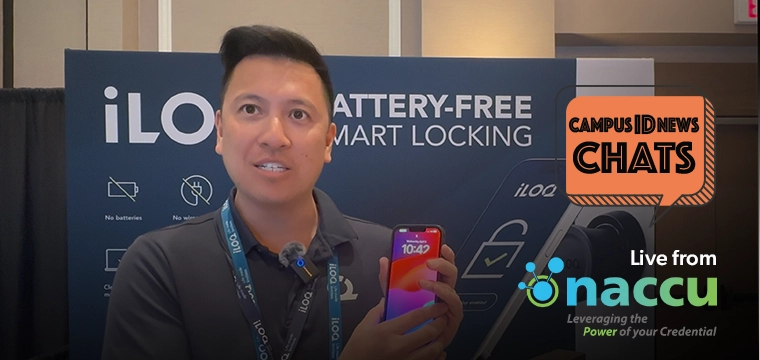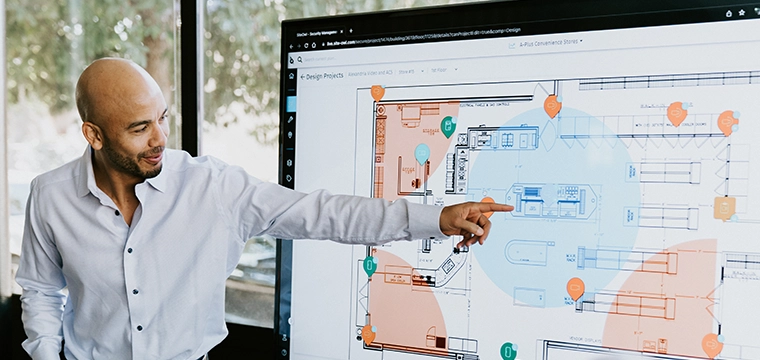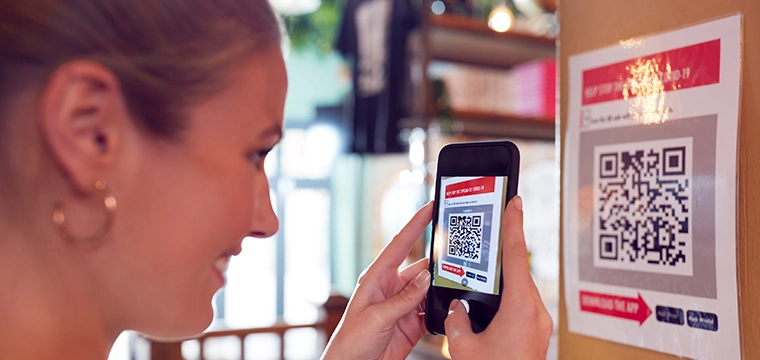
In higher ed and around the globe these supercharged barcodes power an array of services
In today’s digital world, QR codes have become a pervasive tool for sharing information quickly and conveniently. From restaurant menus to concert tickets and campus mobile apps to marketing campaigns, QR codes offer a contactless, efficient method of bridging the physical and digital worlds. But what exactly are QR codes, how do they work, and where did they come from?
QR code stands for "Quick Response" code. It was invented in 1994 by a Japanese engineer named Masahiro Hara, who was working for Denso Wave, a subsidiary of the Toyota Group. The company was looking for a more efficient way to track automotive parts during manufacturing.
They were experiencing two major problems with traditional one-dimensional linear barcodes. First, they were limited in the amount of information they could store. But more importantly, they required precise alignment for scanning, which slowed down production processes.
Hara and his team developed a two-dimensional barcode that could hold much more information than standard barcodes and be read at high speed from any angle. Inspired by the black and white patterns of the board game Go, the QR code was born. Denso Wave decided not to patent the QR code, which allowed for its free and widespread adoption – a decision that proved critical to its global success.
Though they were developed in 1994, they did not take off globally until smartphones equipped with cameras and internet connectivity became mainstream.
Initially used in industrial settings, QR codes gained popularity in the early 2000s in Japan for commercial and marketing purposes. They took off globally when smartphones equipped with cameras and internet connectivity became mainstream. By the 2010s, QR codes were being used for a wide range of applications, from advertising and payments to ticketing and identity verification.
The Covid pandemic gave the tech another significant boost as the world sought contactless ways to share information.
At its core, a QR code is a type of matrix barcode made up of black squares arranged on a white background. Unlike traditional linear barcodes that store data horizontally in just one direction, QR codes store information both horizontally and vertically. This allows them to hold hundreds of times more data than a traditional barcode.
Here’s a breakdown of how they work:
(1) Data Encoding: The information – such as a URL, text, or student ID number – is first encoded into a series of zeros and ones known as binary format. This binary data is then mapped onto a two-dimensional grid of black and white squares.
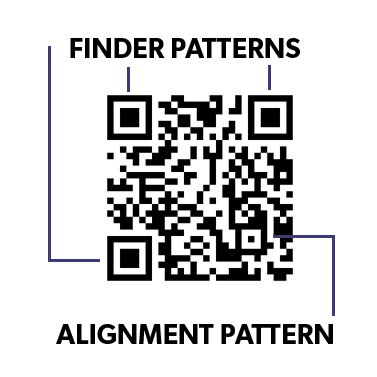 (2) Structure: A typical QR code includes several key components:
(2) Structure: A typical QR code includes several key components:
(3) Scanning and Decoding: A QR code scanner – typically a smartphone camera with the right software – reads the pattern, processes the encoded binary data, corrects for any errors, and then displays the decoded information.
The first QR codes could store up to 41 numeric characters or 25 alphanumeric characters. If you consider a product number, student ID number, or a short URL, this was sufficient. Even the very first codes could store enough data to link to a website like campusIDnews.com.
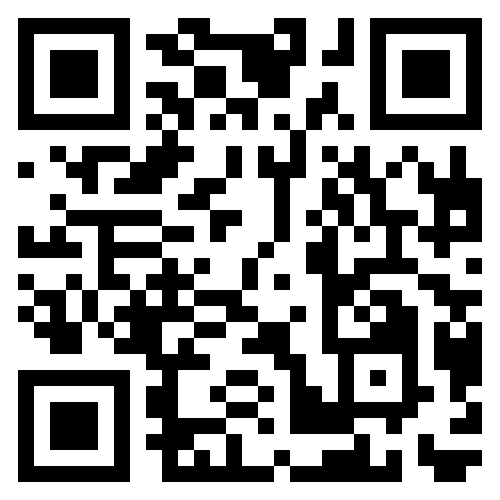
QR Code with link to CampusIDNews.com
These numbers have grown massively over the past two decades.
Currently, the maximum symbol size can contain more than 31,000 squares and store 7,089 numeric characters or 4,269 alphanumeric ones.
Currently, the maximum symbol size can contain 177x177 squares. This totals more than 31,000 squares, or 3KB of data. A QR code of that size can store 7,089 numeric characters or 4,269 alphanumeric ones.
The ability of QR codes to be scanned from various angles and still function even if partially damaged makes them particularly useful in real-world conditions. Over the years, they have evolved from a manufacturing tool to a versatile medium for information sharing across many industries. Some of the most common uses include:
On college campuses, QR codes have become a versatile tool for enhancing communication, streamlining services, and improving student engagement.
Dining services often use QR codes for contactless menu and mobile ordering, making the dining experience faster and more convenient. In some cases, they are also used for access to dining halls and meal plan utilization.
Posters and bulletin boards across campus frequently include QR codes linking to more information, sign-up forms, or social media pages, allowing students to engage with campus life instantly. Campus organizations use them for event check-in and campus safety links to emergency contact information, safety apps, and anonymous reporting tools.
Additionally, QR-coded ID cards support library services, exam check-ins, and package pickups, providing a contactless way to confirm identity and streamline processes.
With the rapid digitization of services and the ongoing need for contactless solutions, QR codes are likely to remain a staple of our everyday lives. They are now integrated into digital IDs, business cards, smart packaging, and even augmented reality experiences.
As technology advances, QR codes may become more dynamic and secure. Newer variations like dynamic QR codes can be updated with new information without changing the code itself. Innovations in visual design are also making QR codes more aesthetically appealing and brand specific.
From their humble beginnings in a Japanese factory to their current role in global commerce and communication, QR codes have proven to be a remarkably adaptable and powerful tool. Their ability to store information in a compact, scannable format has made them an essential bridge between the physical and digital realms.
